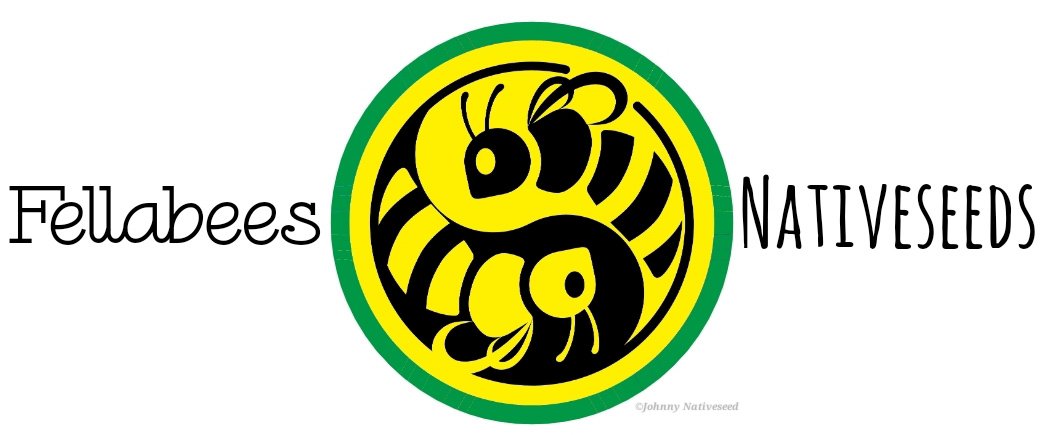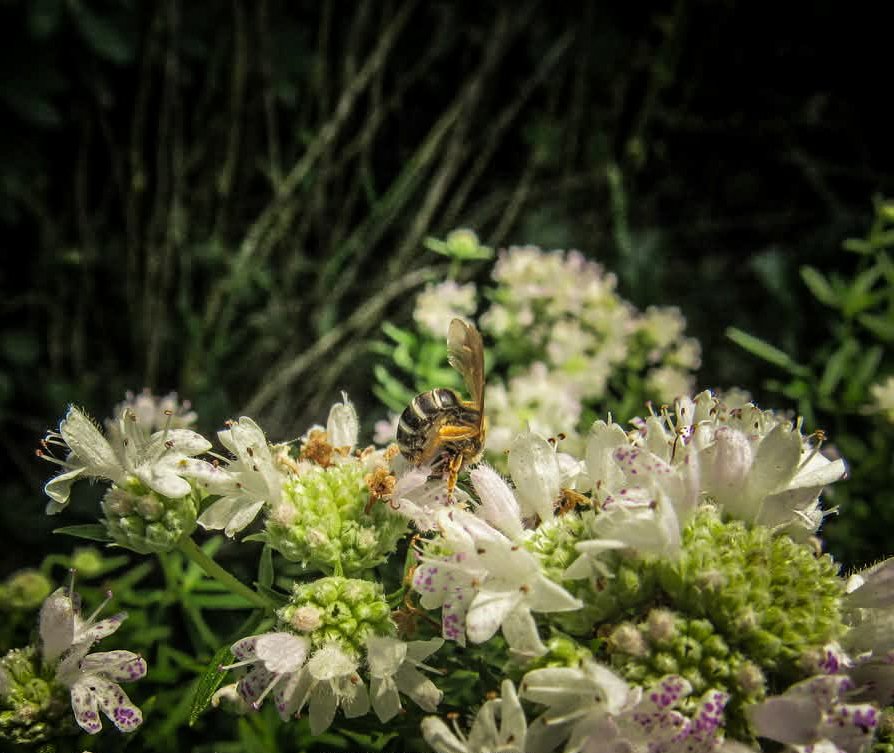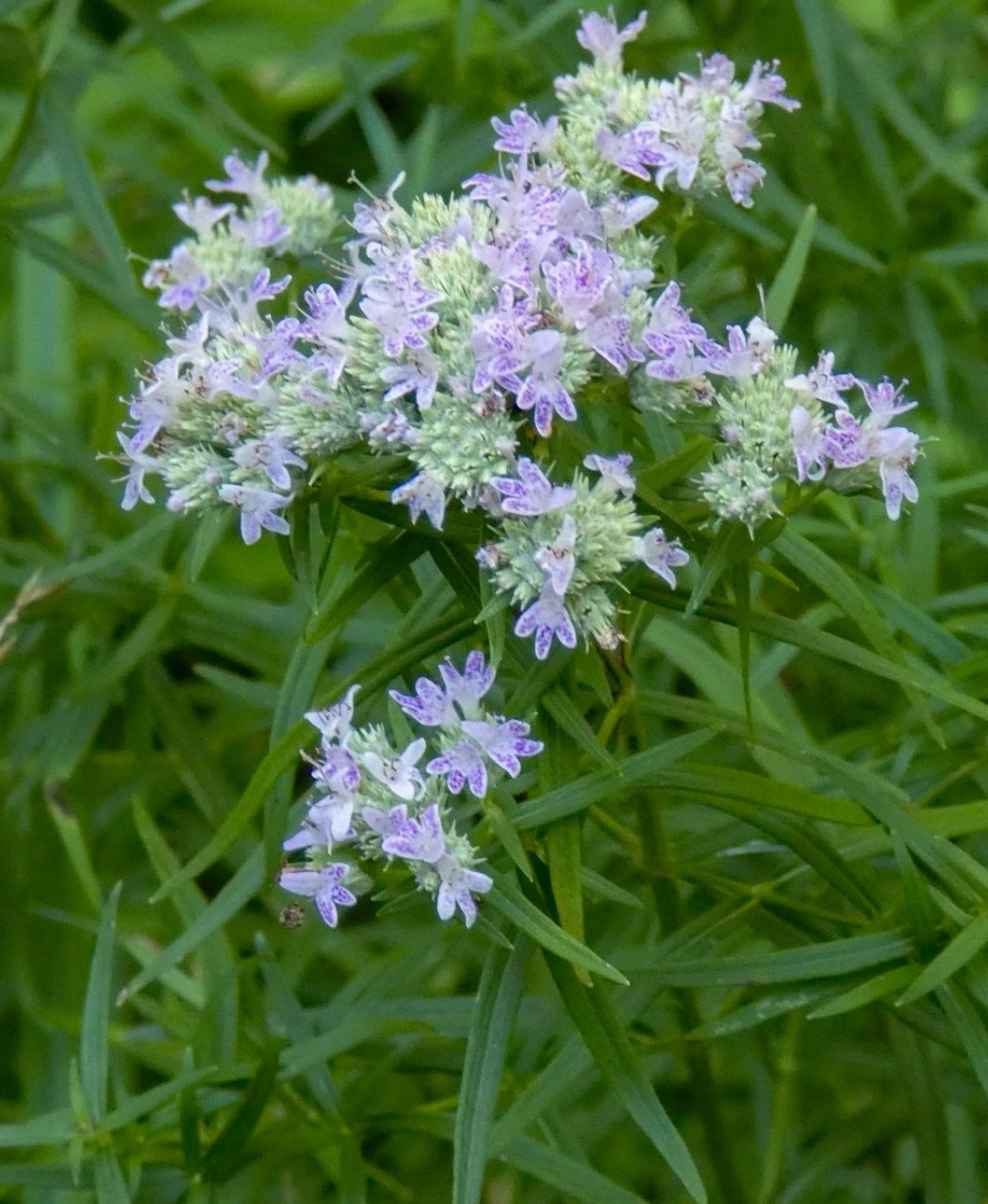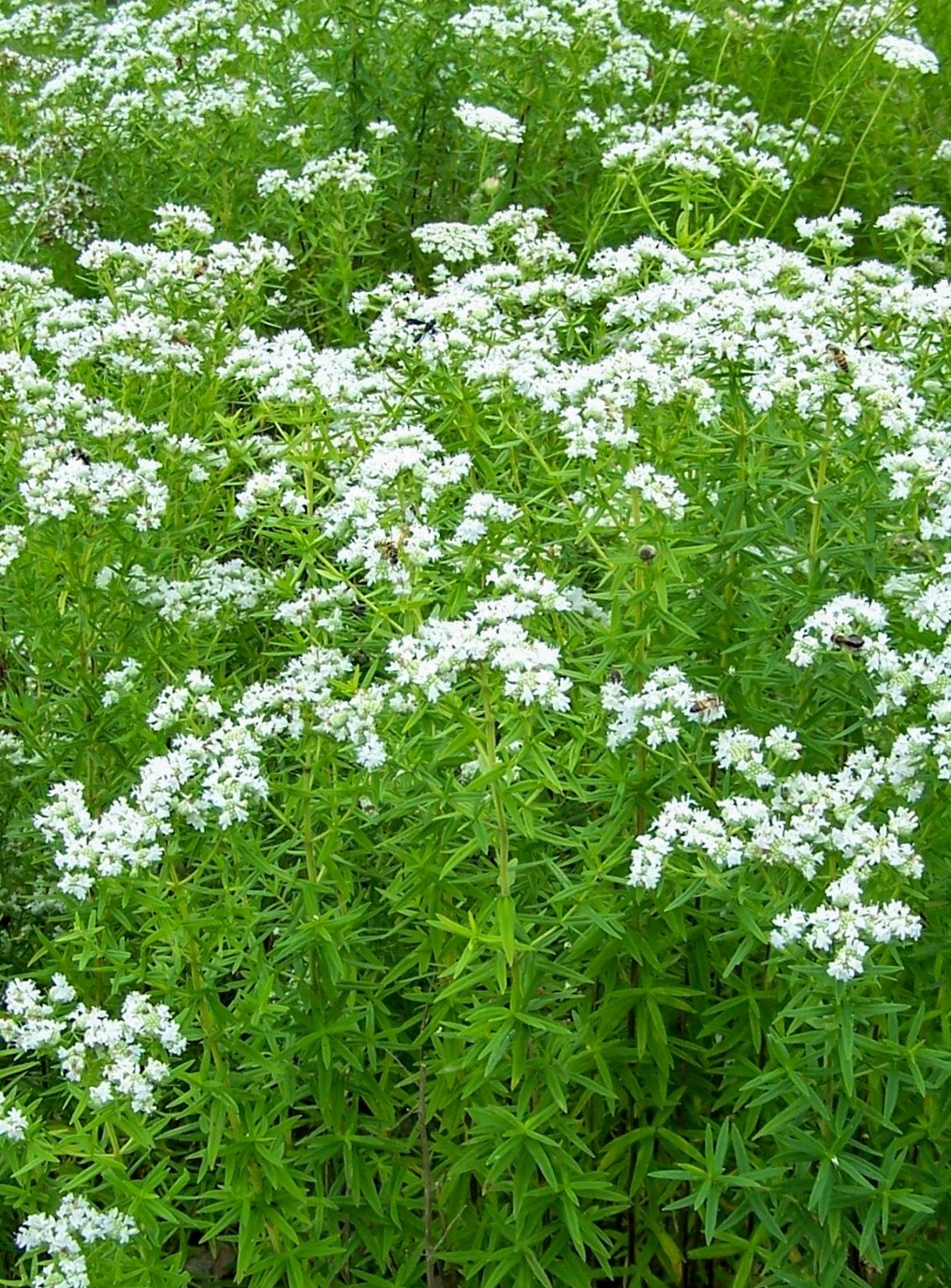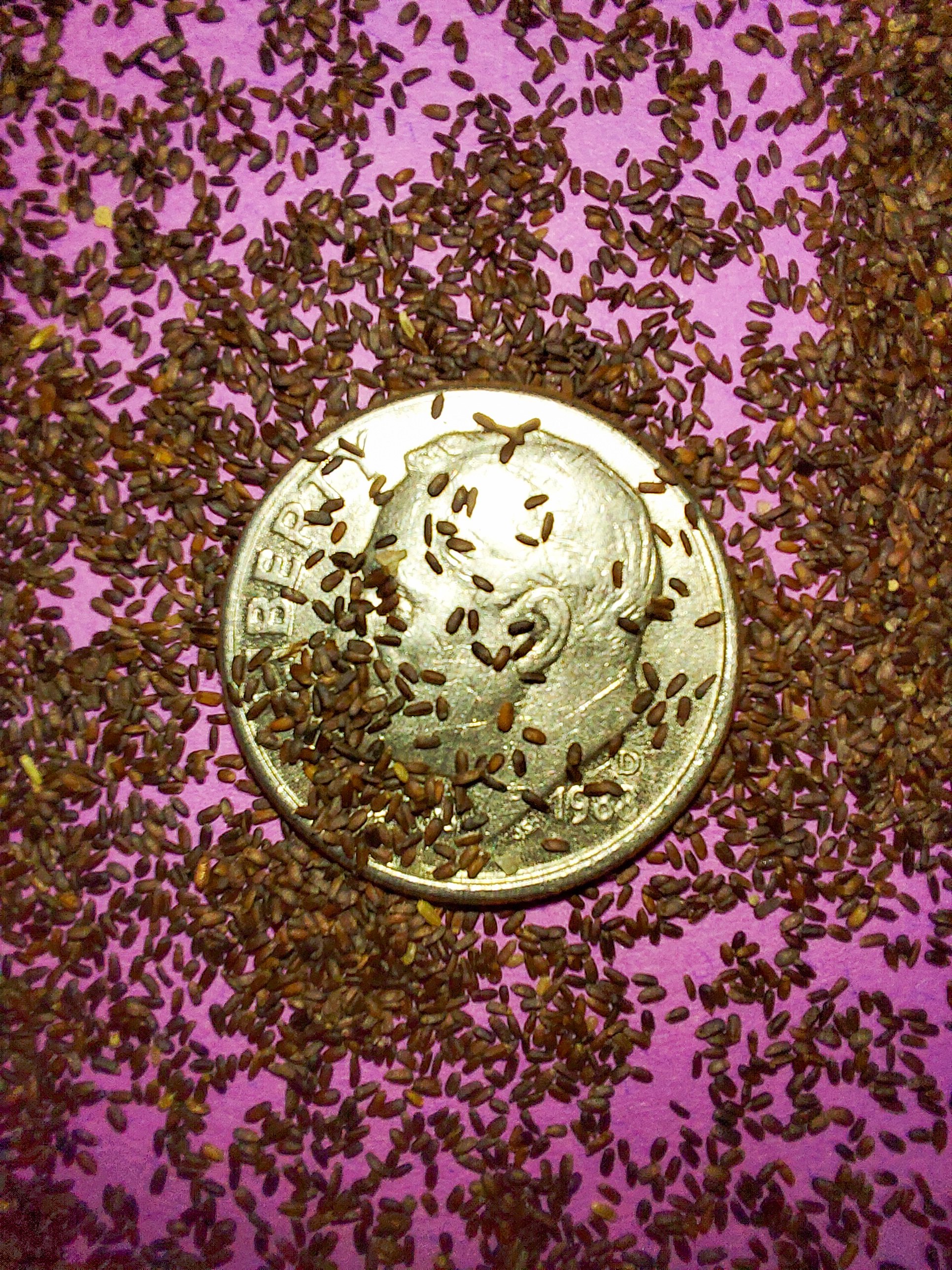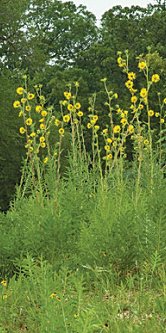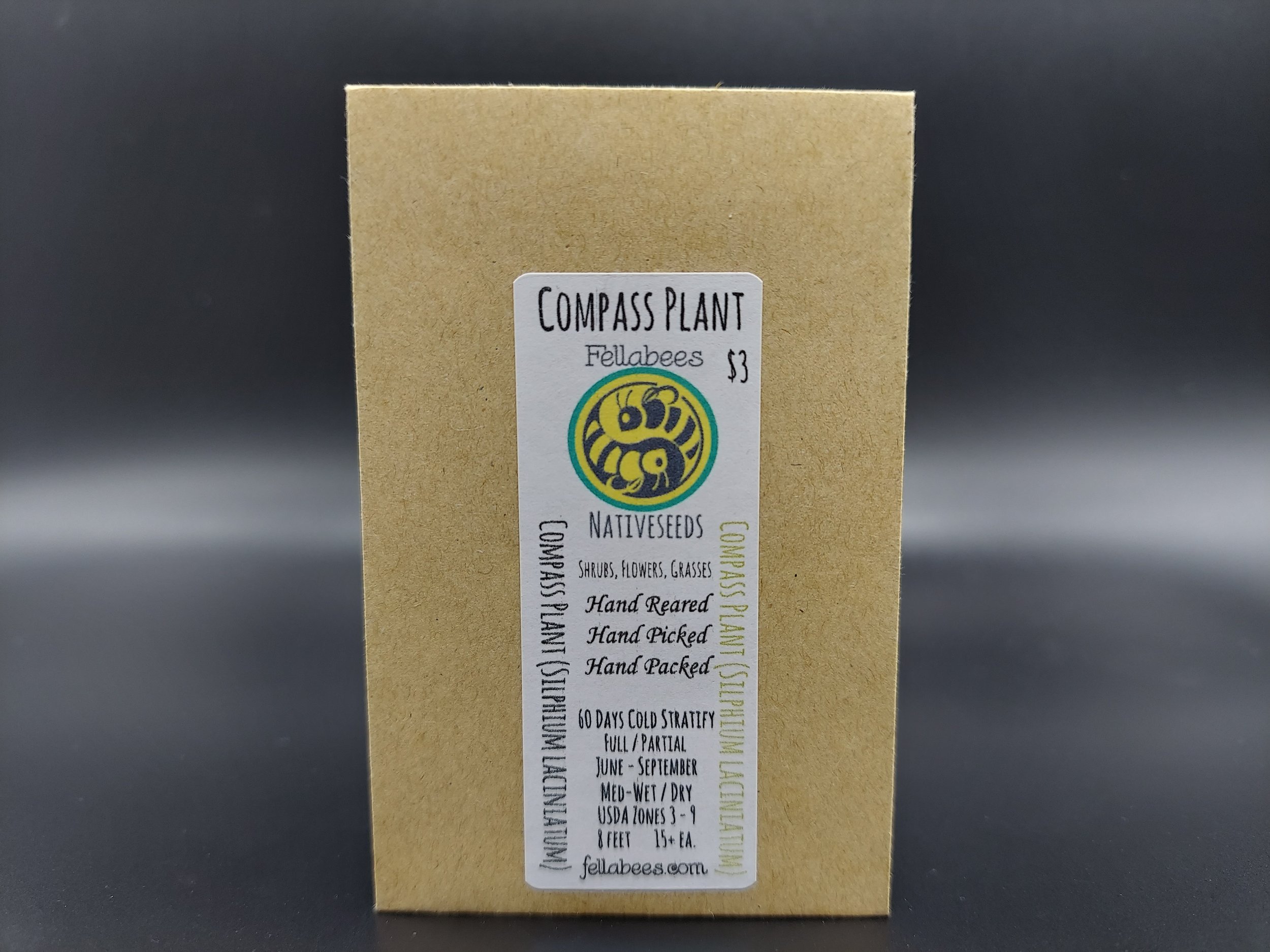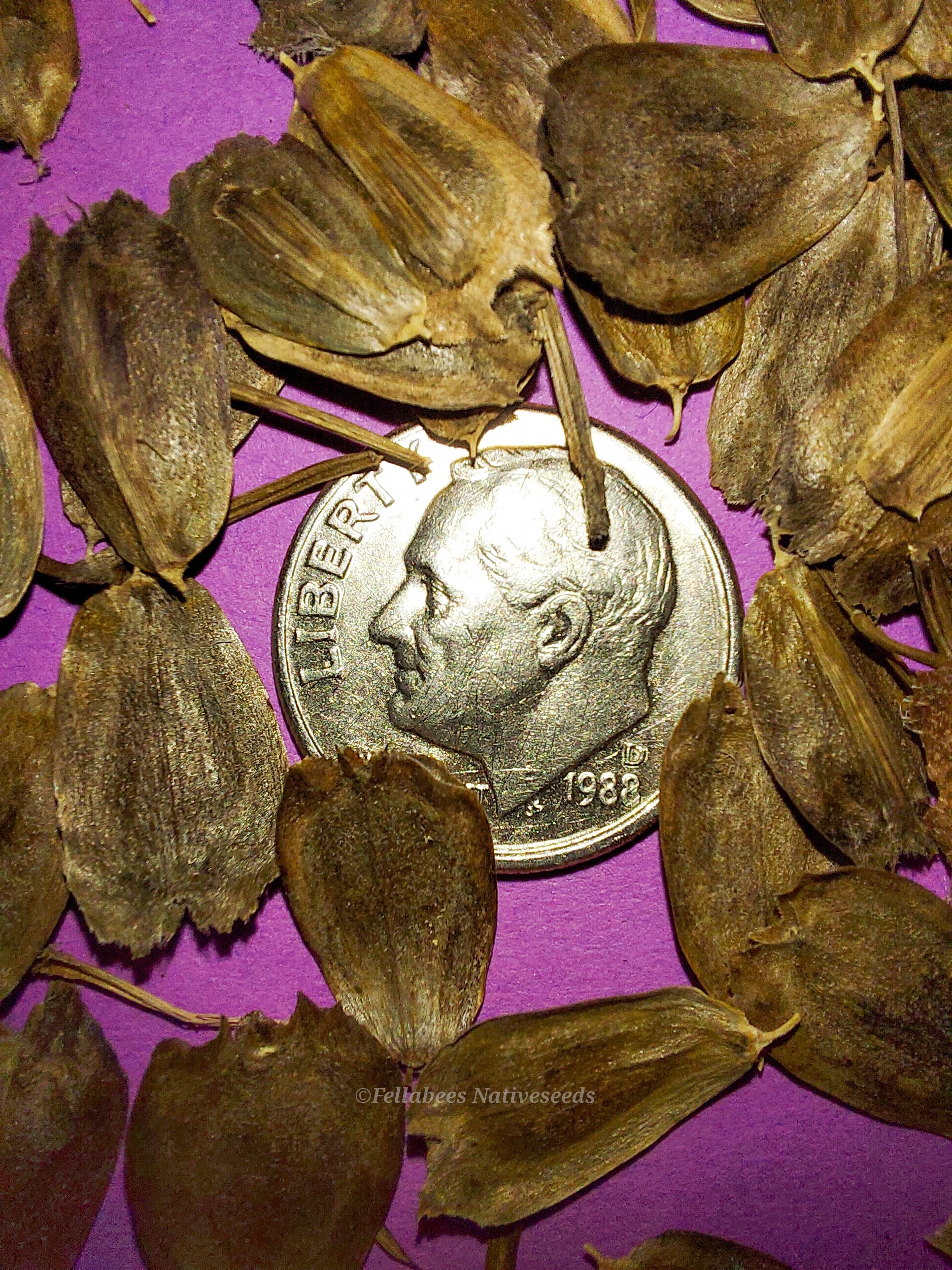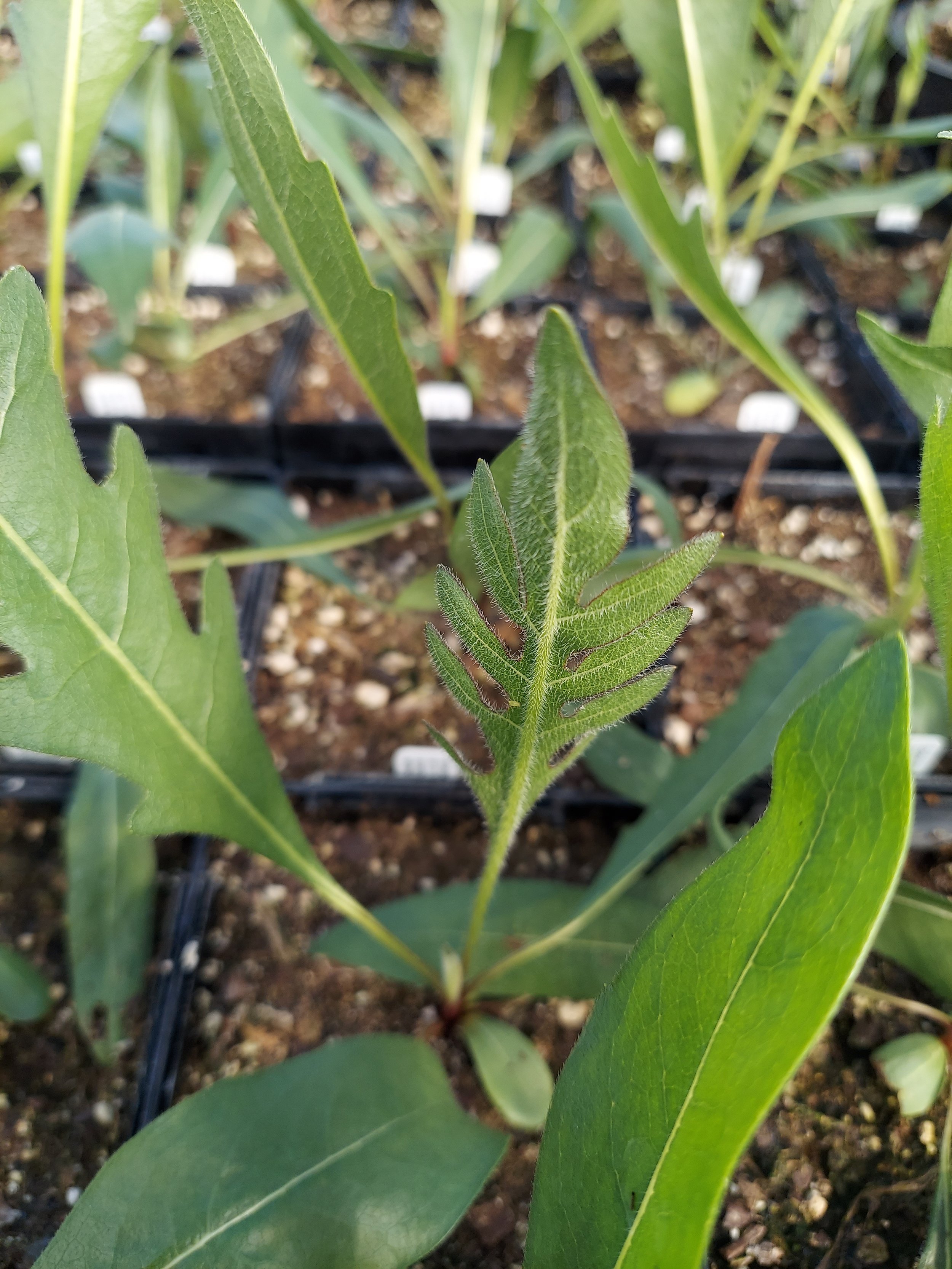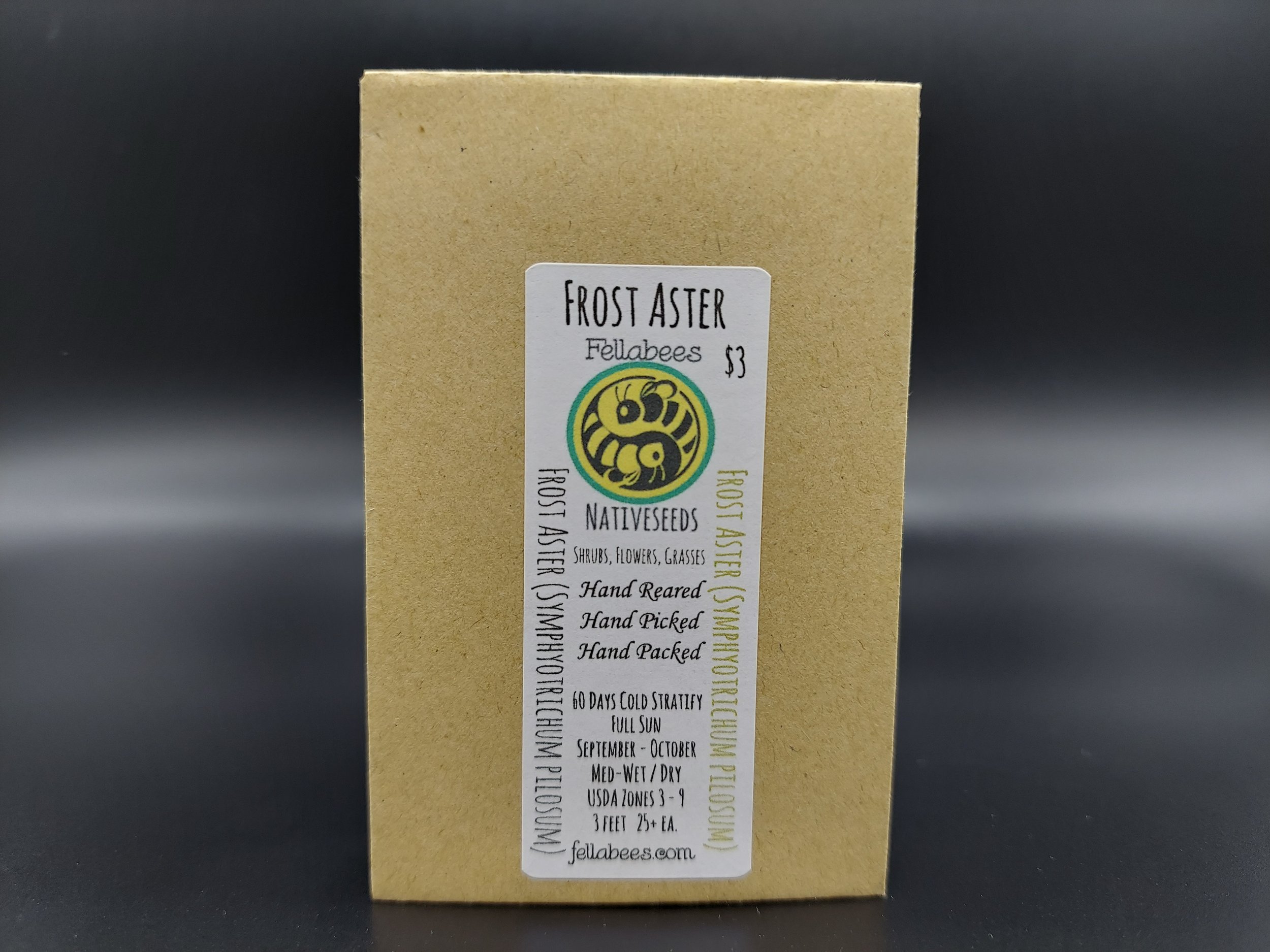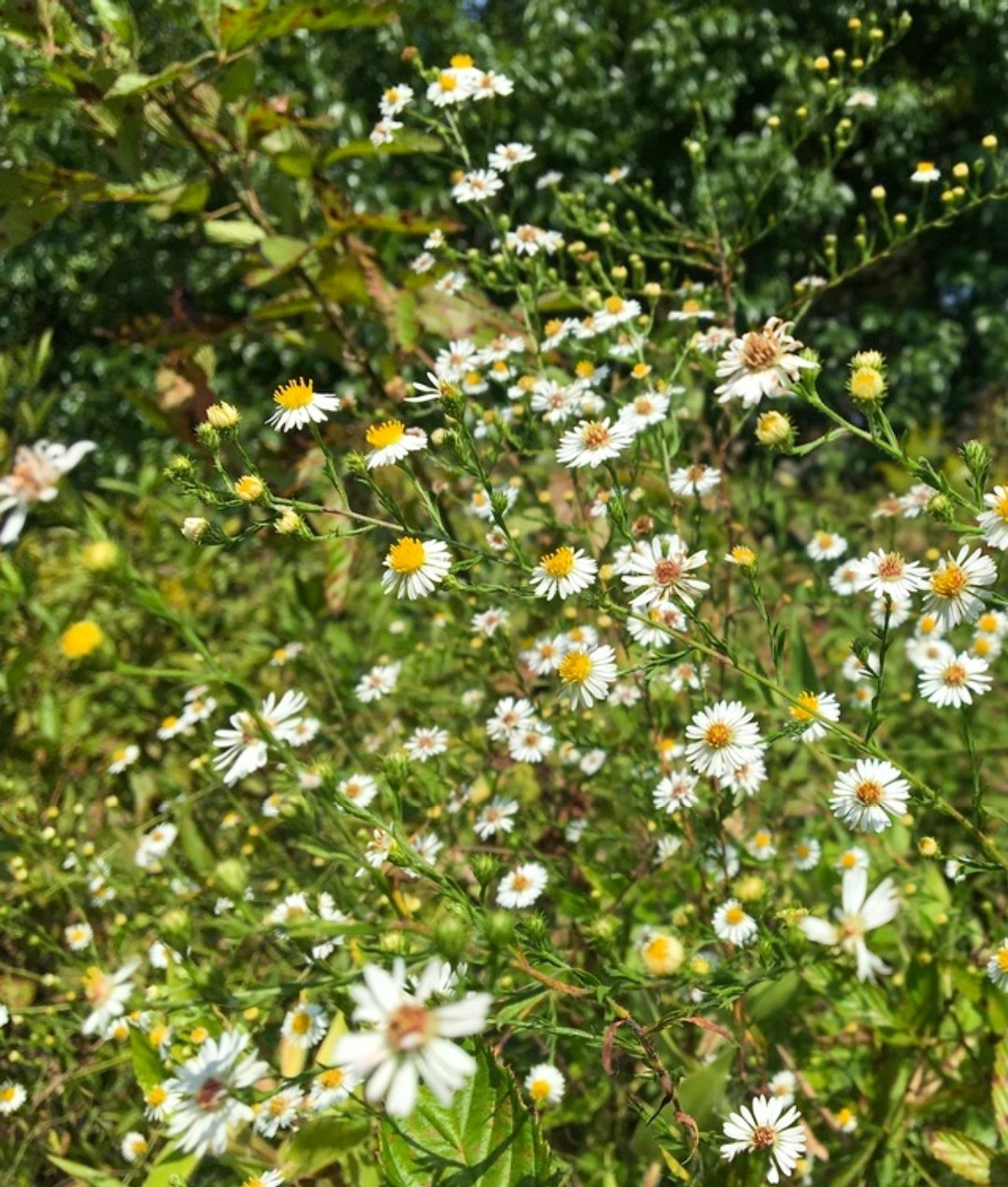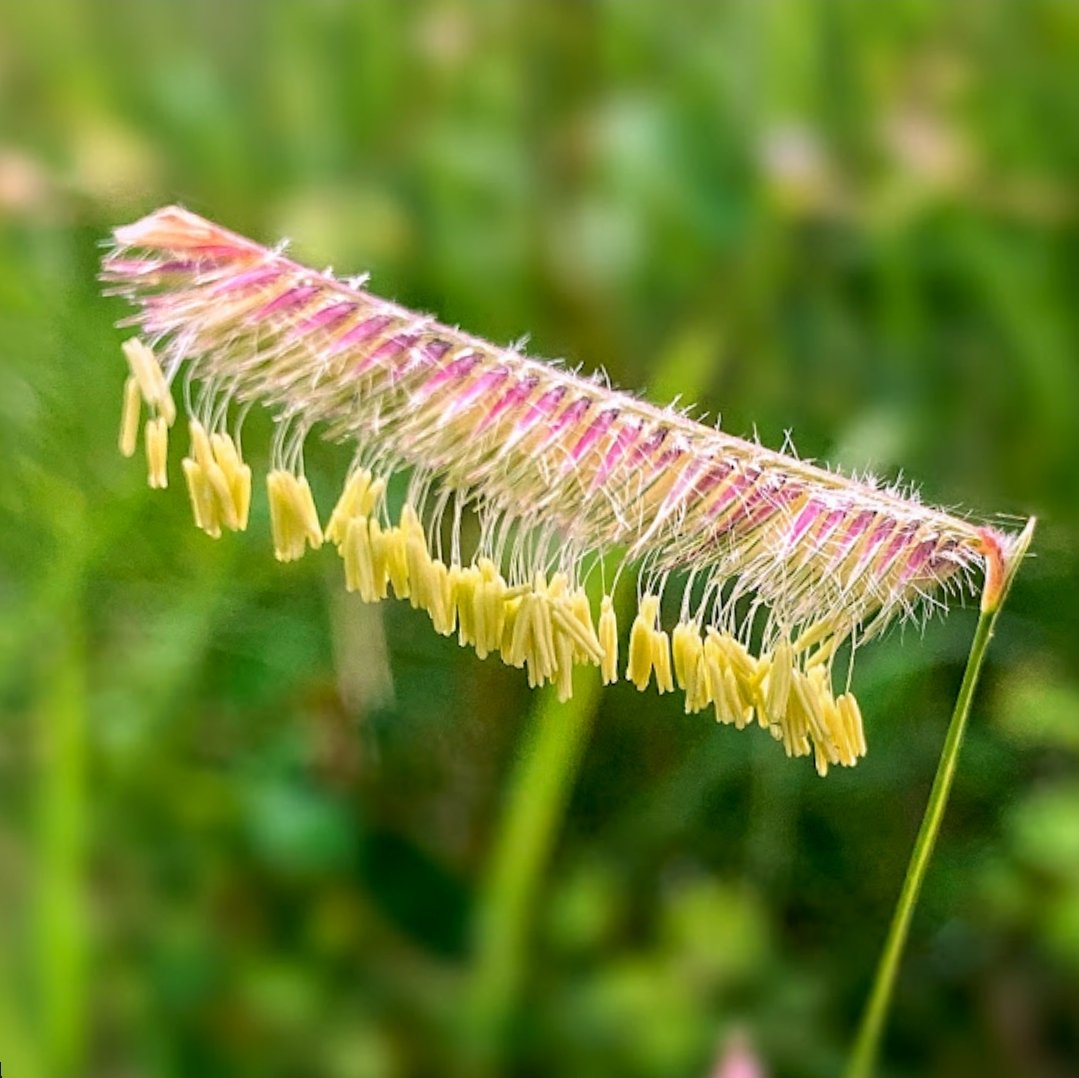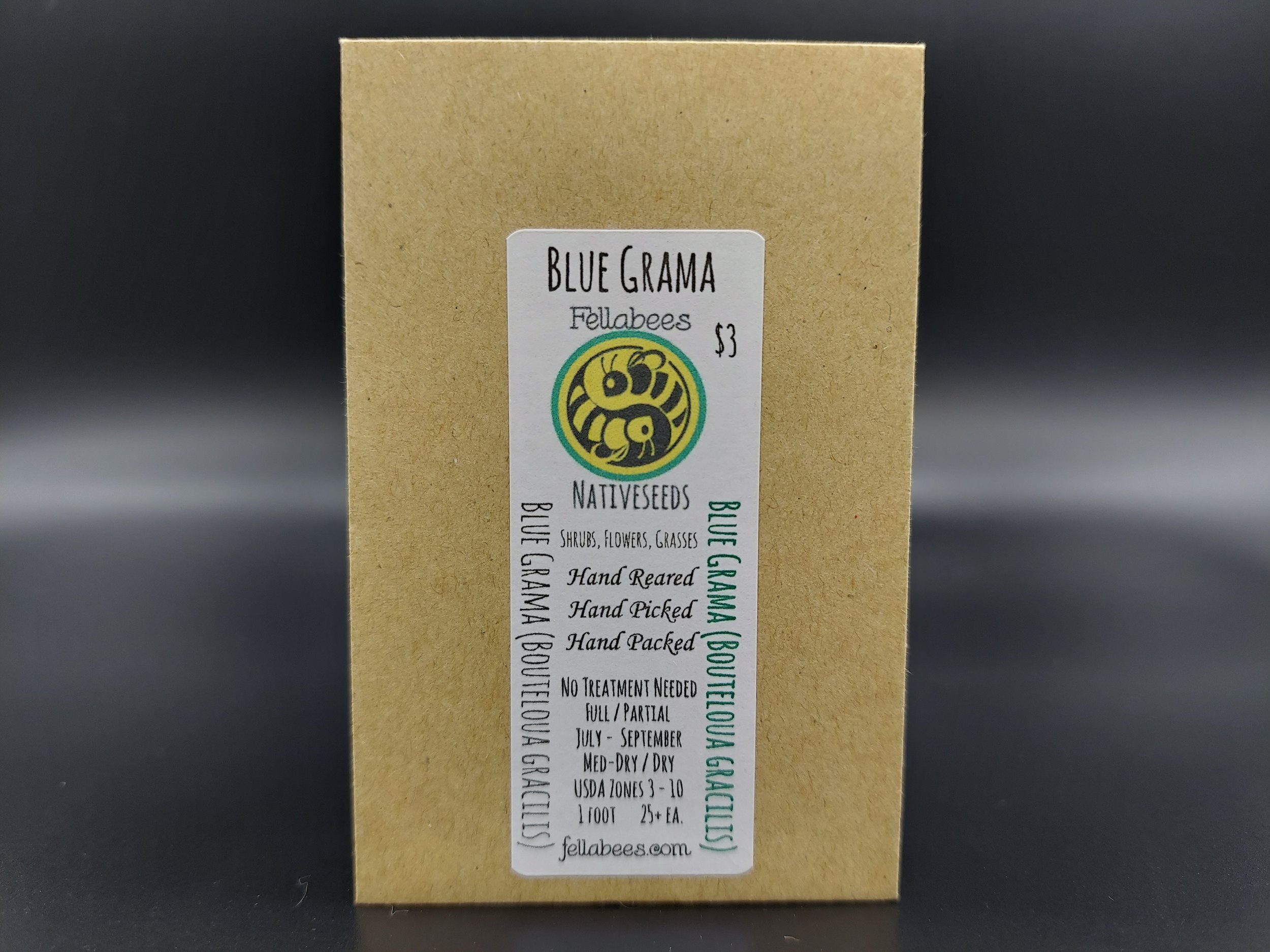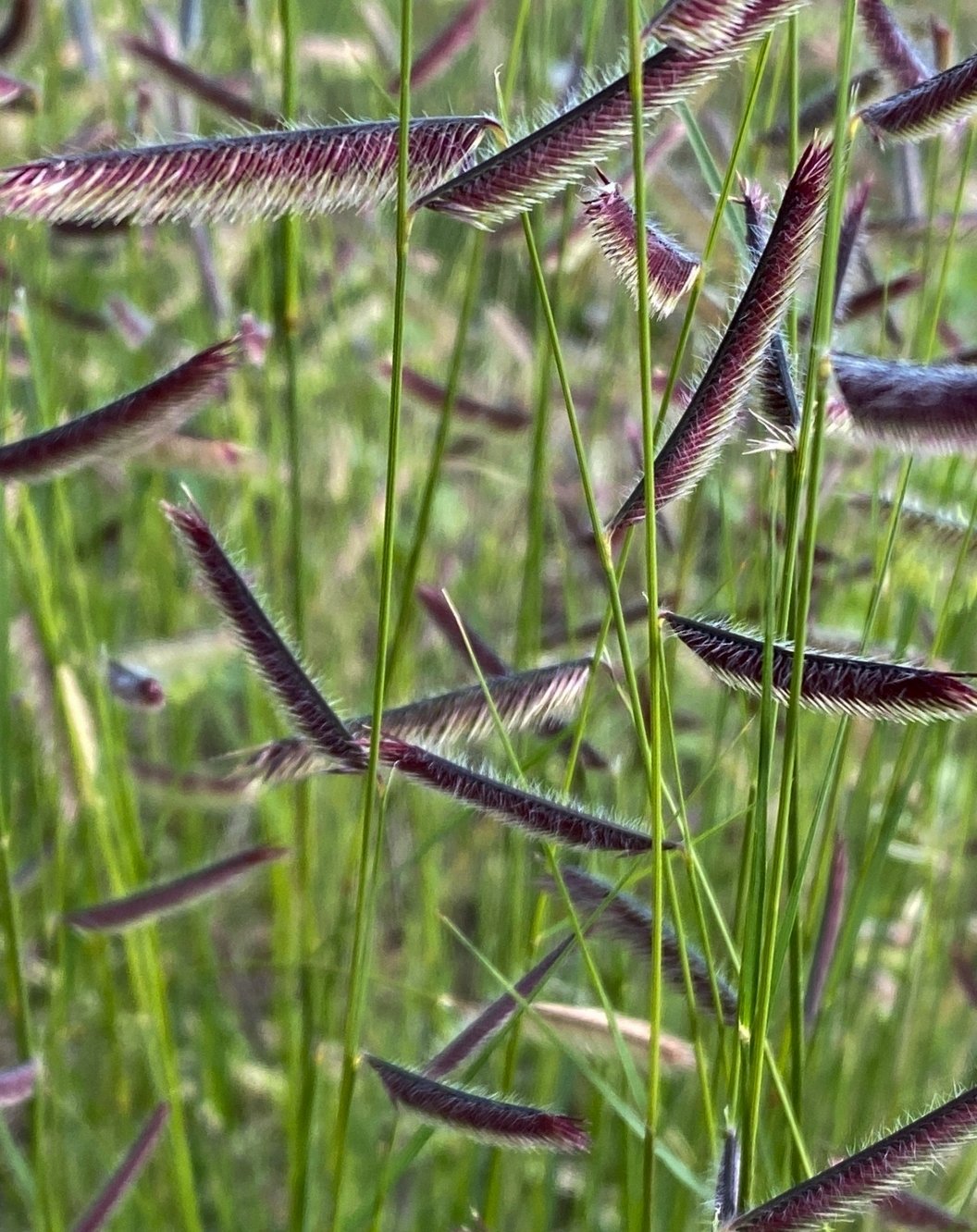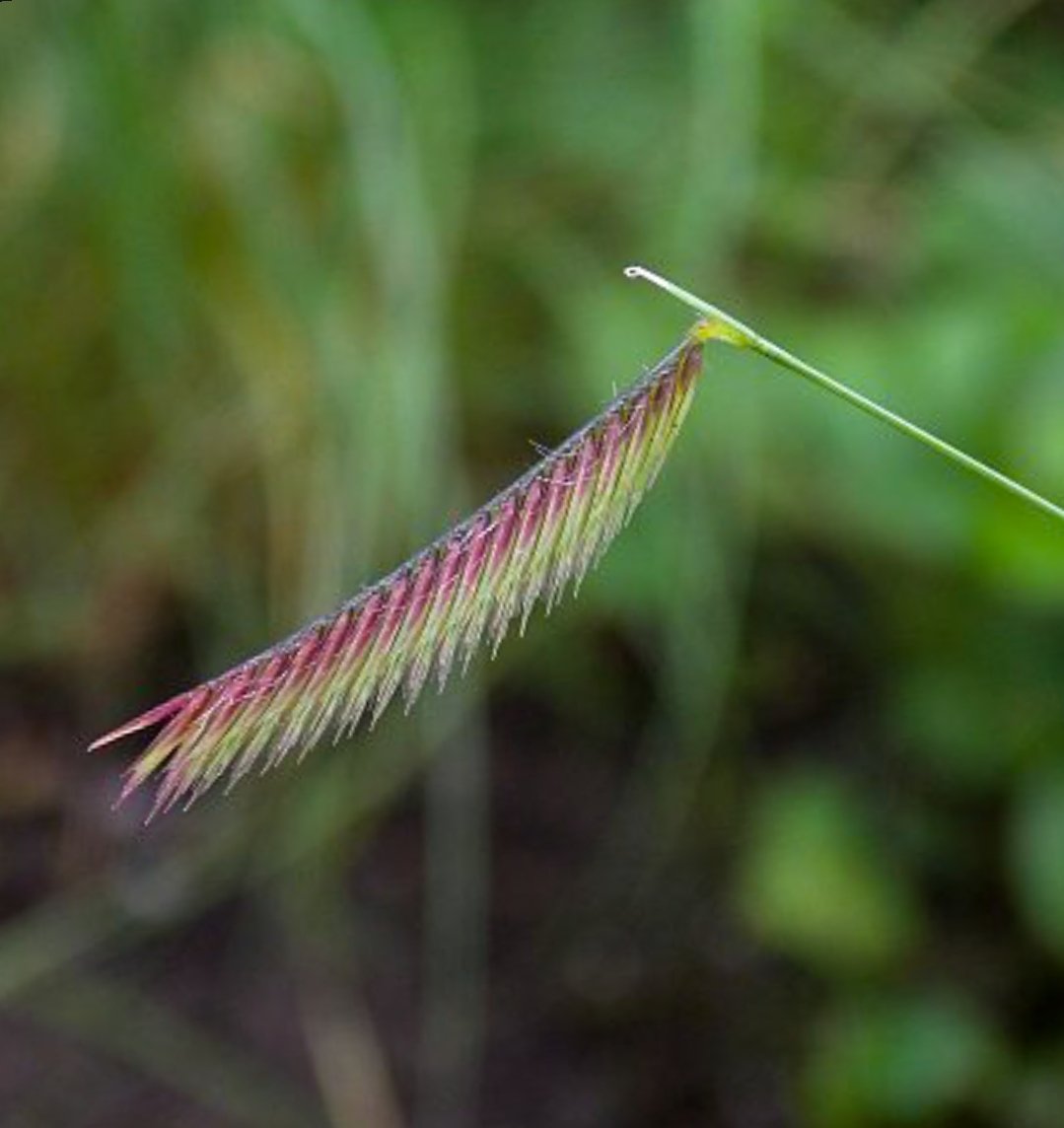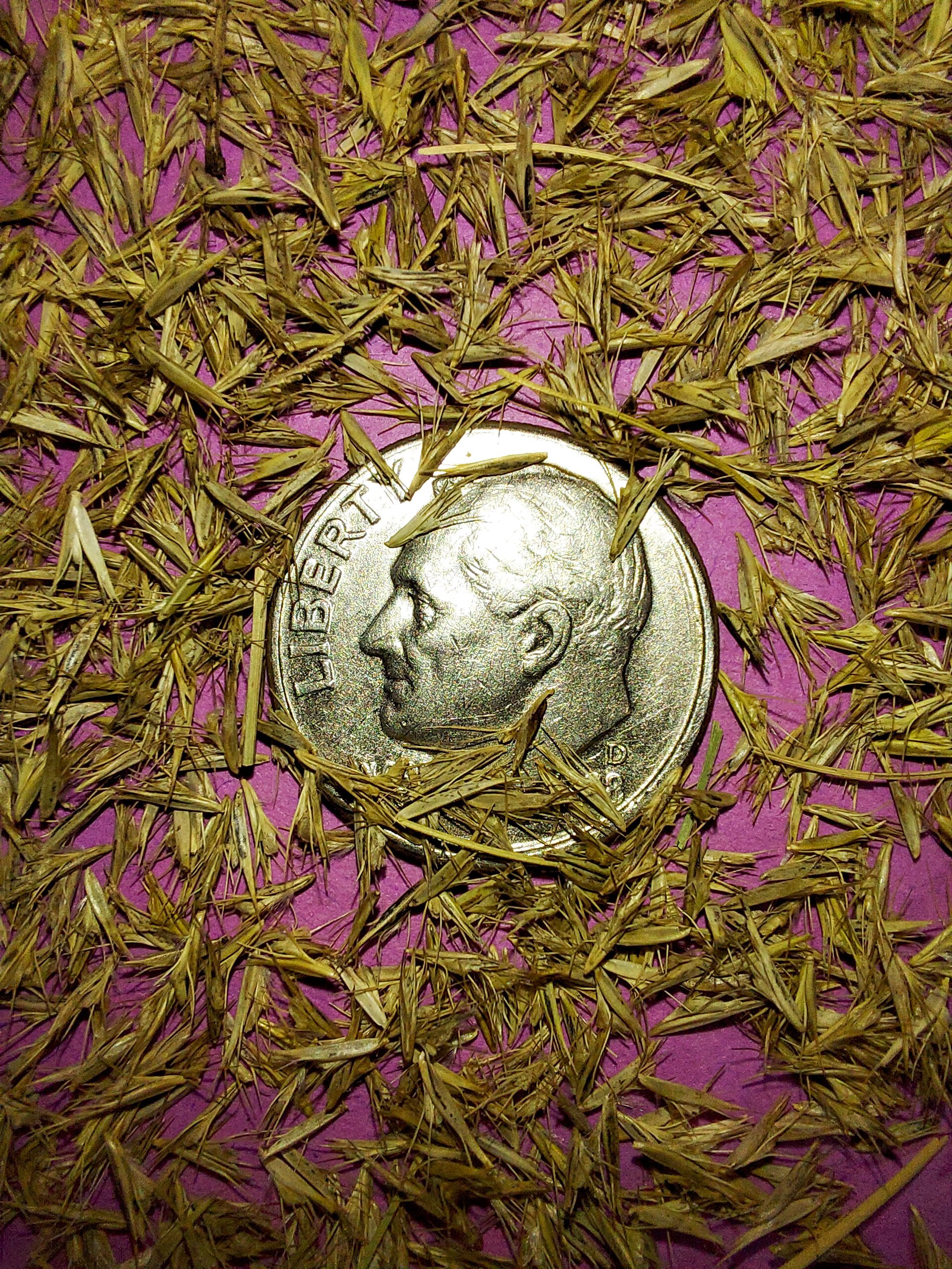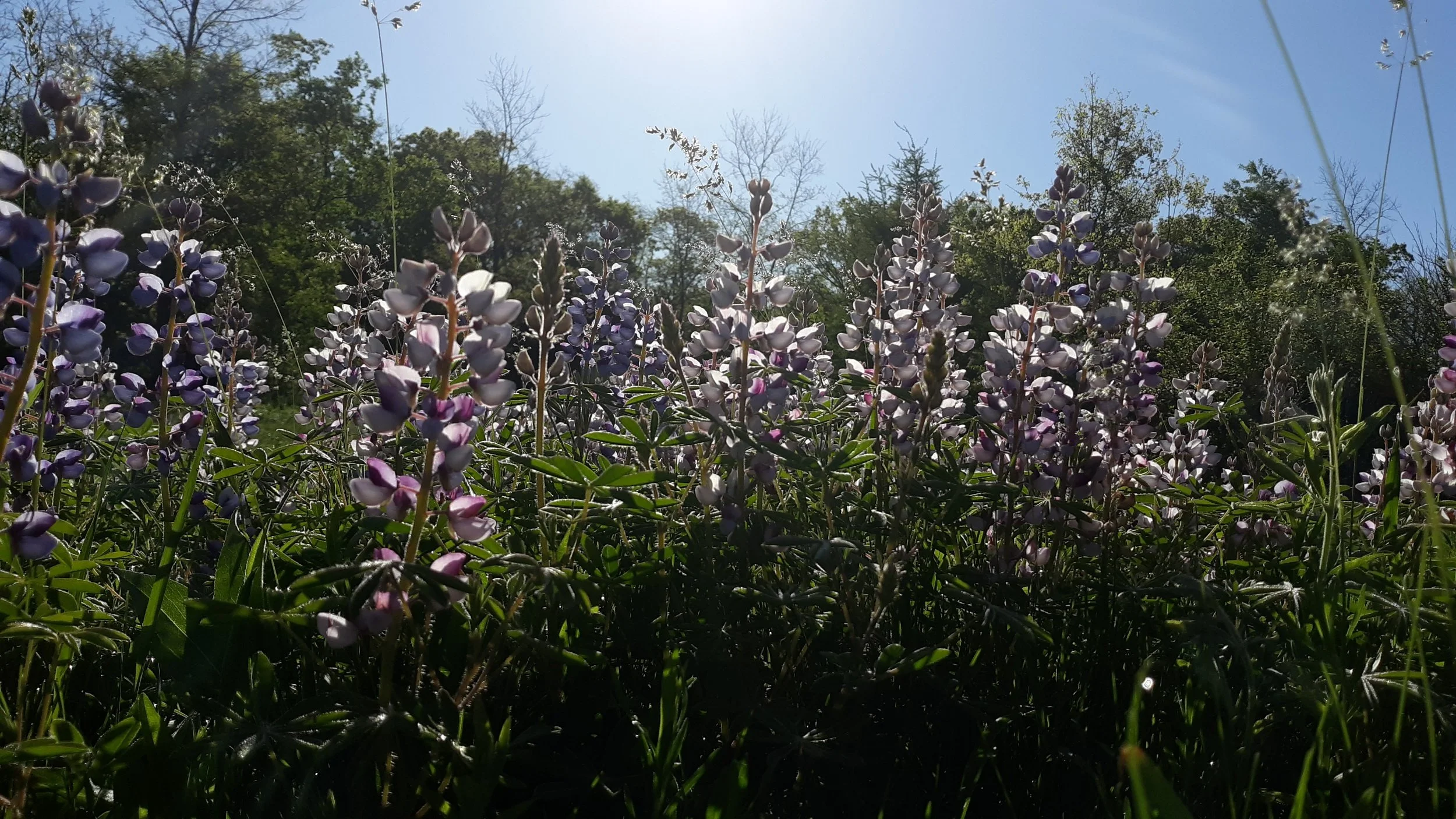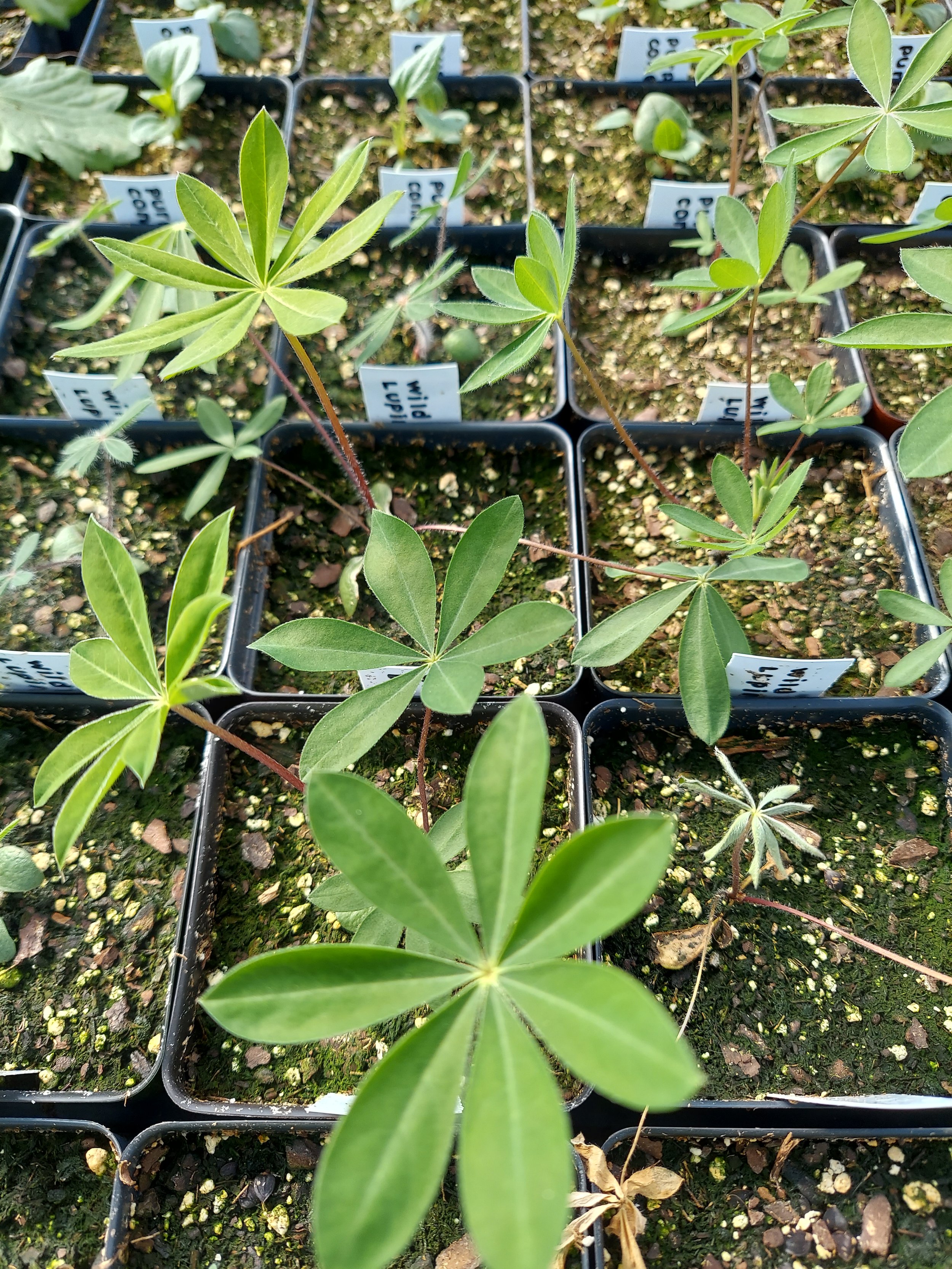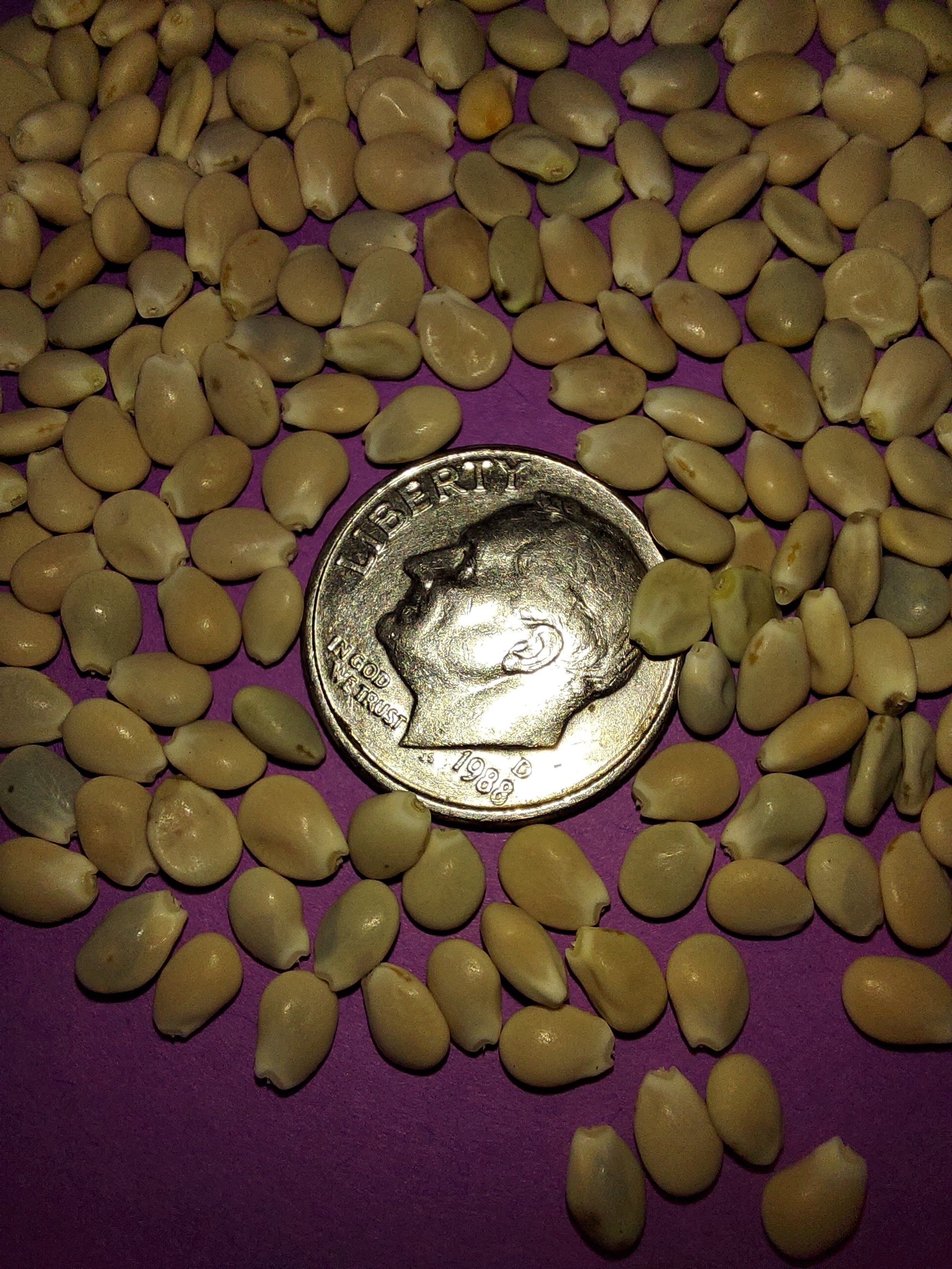 Image 1 of 7
Image 1 of 7

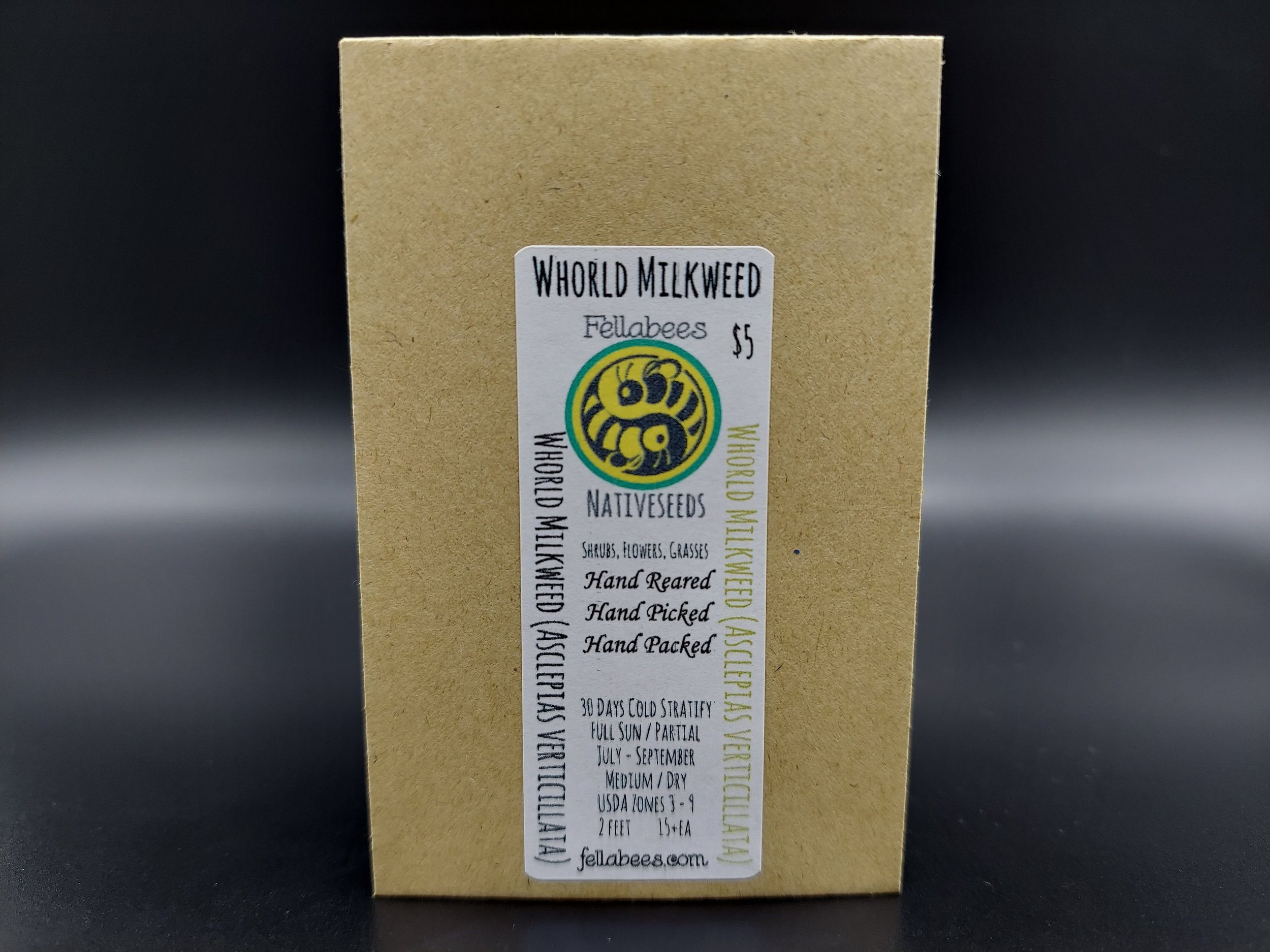 Image 2 of 7
Image 2 of 7

 Image 3 of 7
Image 3 of 7

 Image 4 of 7
Image 4 of 7

 Image 5 of 7
Image 5 of 7

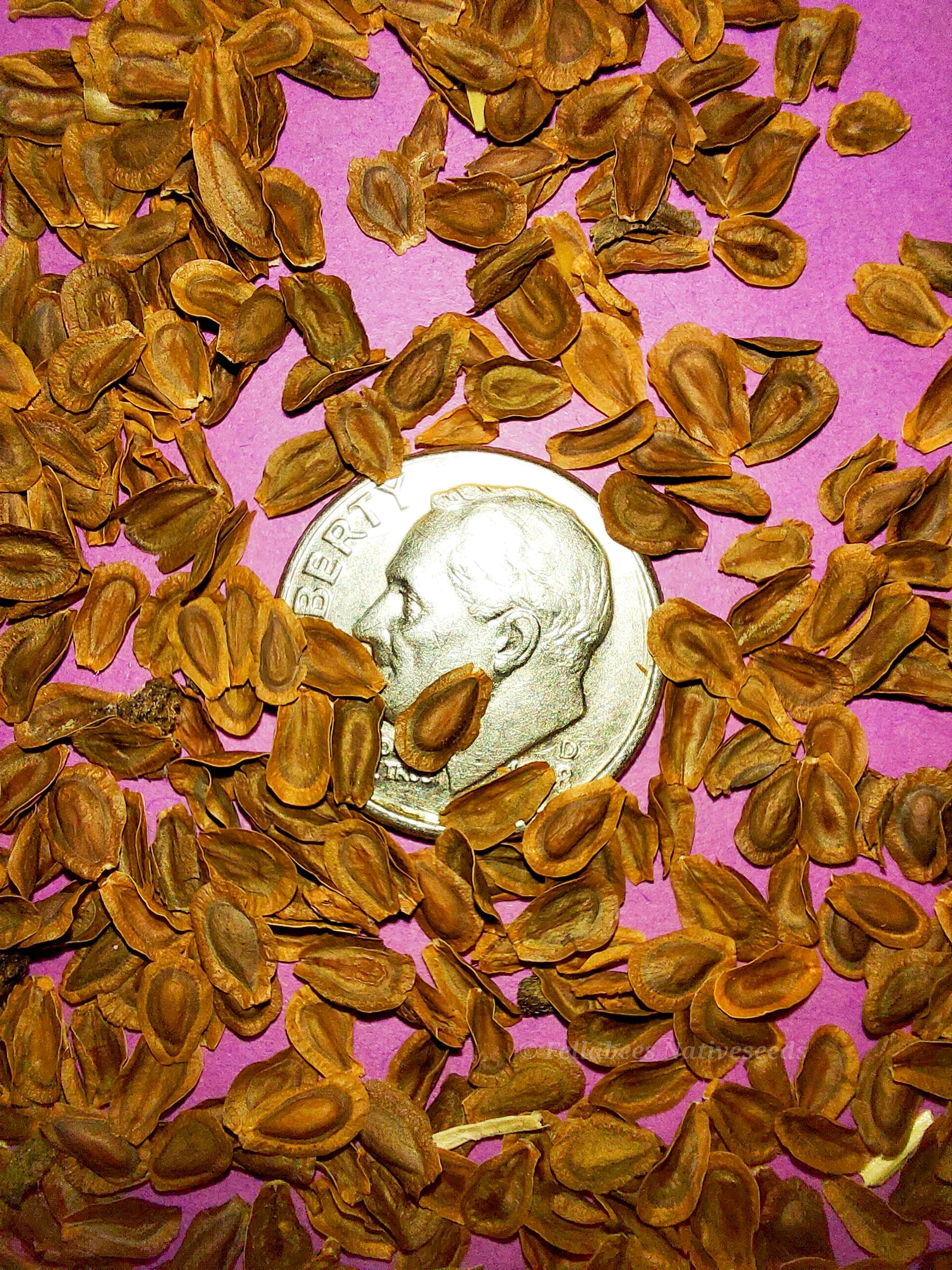 Image 6 of 7
Image 6 of 7

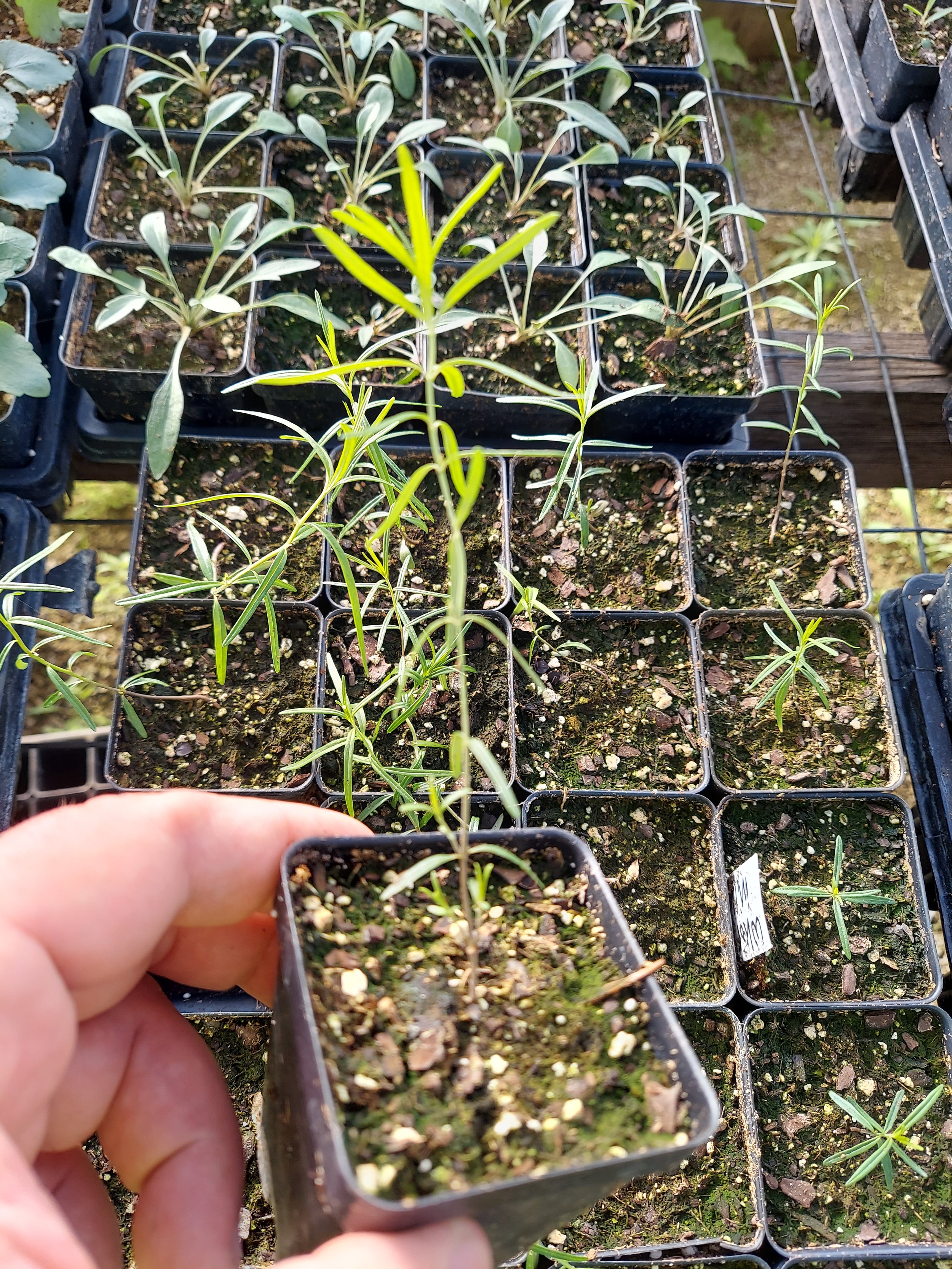 Image 7 of 7
Image 7 of 7








Whorled Milkweed (Asclepias verticillata)
Whorled Milkweed (Asclepias verticillata)
Asclepias verticillata, commonly known as Whorled Milkweed, Eastern Whorled Milkweed, or Horsetail Milkweed, is a species of milkweed native to most all of eastern North America and parts of western Canada and the United States.
While species can reproduce vegetatively and does not need to depend on pollinators, it does produce some nectar, mostly in the early evening hours. Its many insect visitors to the plant include wasps, native bees, and lepidopterans such as moths and the cabbage white, indicate that it is highly valued in the prairie. Like other milkweed species, this plant is a host plant for the monarch butterfly whose caterpillars feed on the leaves.
It was used as a medicinal plant by Indigenous peoples. The Choctaw used it to treat snakebite, the Lakota and Hopi used it to increase breast milk in nursing mothers, and the Navajo used it for nose and throat problems.
Plant Details:
USDA Zones: 3-9
Germination Needs: 30 Day Cold Stratification
Life Cycle: Perennial
Sun Exposure: Full to Partial
Soil Moisture: Medium, Medium-Dry, Dry
Plant Spacing: 1-2 feet
Height: 2 feet
Bloom Time: July, August, September
Bloom Color: White
Advantages:
Pollinator Favorite: butterflies, moths, bees, wasps, beetles
Bird Favorite: seeds, insects, fruit, nectar, nesting, perchs.
Deer Resistant
Excellent in the home landscape!
.
.
Packet quantities:
We pride ourselves on ethical, hands on, ecological management, using no mechanical or chemical methods whatsoever.
All of our native seed is hand reared, hand picked, and hand packed from native prairies under our exclusive management, never breaking chain of custody from the field until it is sent to you. Each packet is hand prepared for shipment by us, directly.
Small seed species will contain greater than 20-25 seed
Large seed species will contain greater than 10-15 seed
It is our mission to spread the wealth of native plant and pollinator ecological sustainability, and educate back yard gardeners as well as corporate and government entities in how to germinate, grow, and benefit from native synergies.
Thank you for your support, it is because of you, that we can grow together to do, what we do.🐛🦋🐝🐞🌾🌱🌼🧡
Whorled Milkweed (Asclepias verticillata)
Asclepias verticillata, commonly known as Whorled Milkweed, Eastern Whorled Milkweed, or Horsetail Milkweed, is a species of milkweed native to most all of eastern North America and parts of western Canada and the United States.
While species can reproduce vegetatively and does not need to depend on pollinators, it does produce some nectar, mostly in the early evening hours. Its many insect visitors to the plant include wasps, native bees, and lepidopterans such as moths and the cabbage white, indicate that it is highly valued in the prairie. Like other milkweed species, this plant is a host plant for the monarch butterfly whose caterpillars feed on the leaves.
It was used as a medicinal plant by Indigenous peoples. The Choctaw used it to treat snakebite, the Lakota and Hopi used it to increase breast milk in nursing mothers, and the Navajo used it for nose and throat problems.
Plant Details:
USDA Zones: 3-9
Germination Needs: 30 Day Cold Stratification
Life Cycle: Perennial
Sun Exposure: Full to Partial
Soil Moisture: Medium, Medium-Dry, Dry
Plant Spacing: 1-2 feet
Height: 2 feet
Bloom Time: July, August, September
Bloom Color: White
Advantages:
Pollinator Favorite: butterflies, moths, bees, wasps, beetles
Bird Favorite: seeds, insects, fruit, nectar, nesting, perchs.
Deer Resistant
Excellent in the home landscape!
.
.
Packet quantities:
We pride ourselves on ethical, hands on, ecological management, using no mechanical or chemical methods whatsoever.
All of our native seed is hand reared, hand picked, and hand packed from native prairies under our exclusive management, never breaking chain of custody from the field until it is sent to you. Each packet is hand prepared for shipment by us, directly.
Small seed species will contain greater than 20-25 seed
Large seed species will contain greater than 10-15 seed
It is our mission to spread the wealth of native plant and pollinator ecological sustainability, and educate back yard gardeners as well as corporate and government entities in how to germinate, grow, and benefit from native synergies.
Thank you for your support, it is because of you, that we can grow together to do, what we do.🐛🦋🐝🐞🌾🌱🌼🧡
